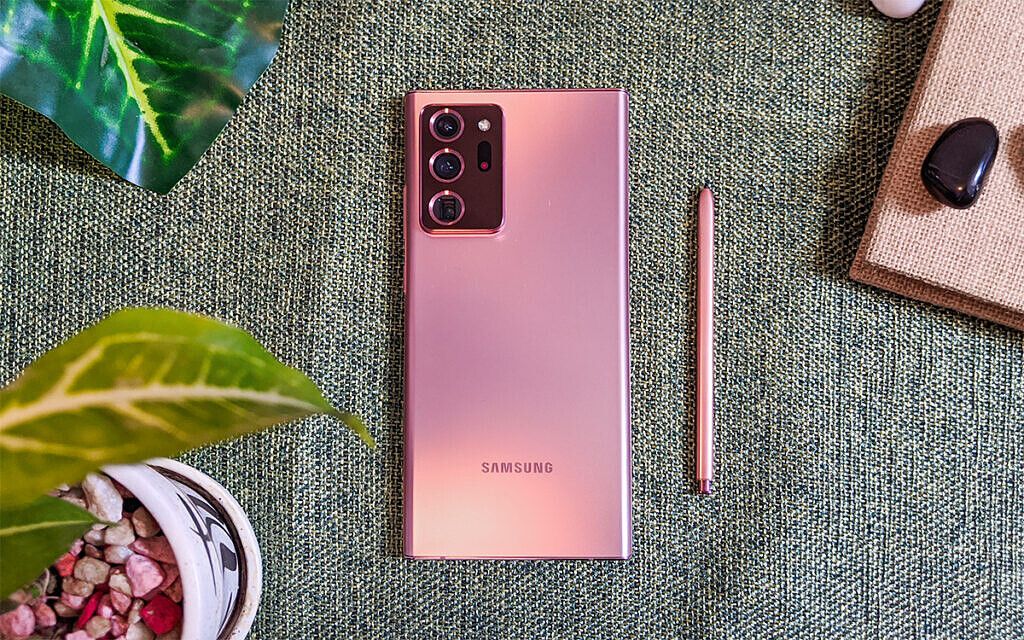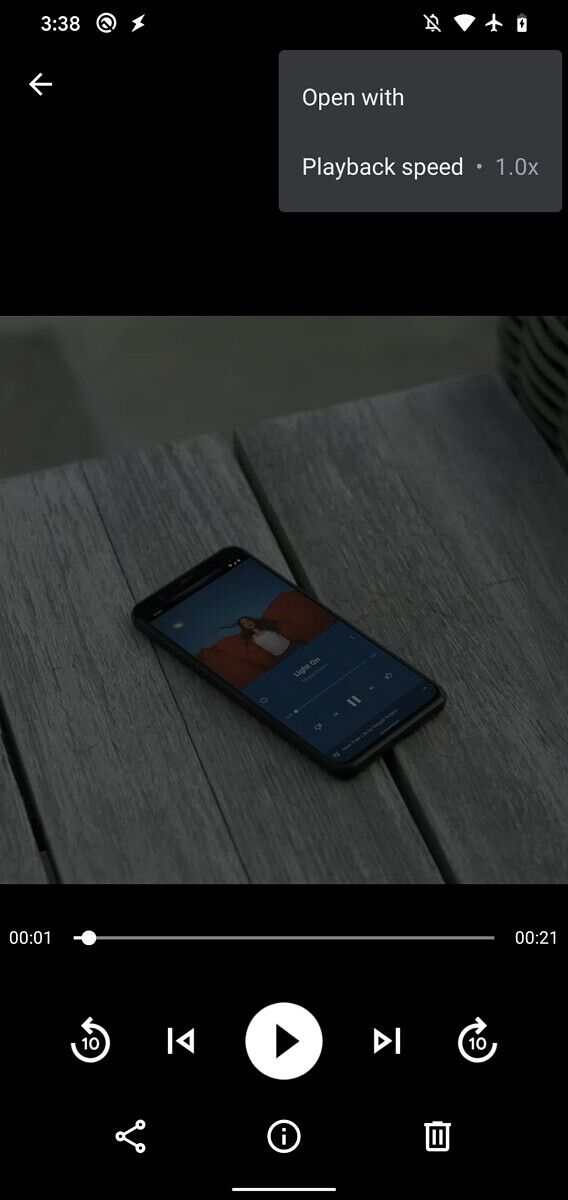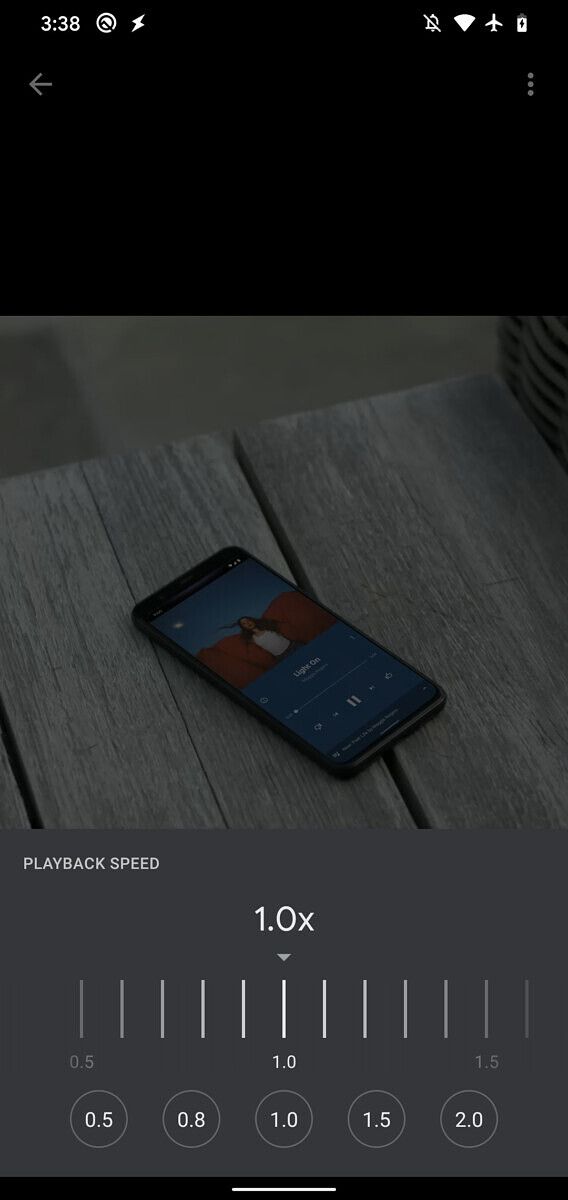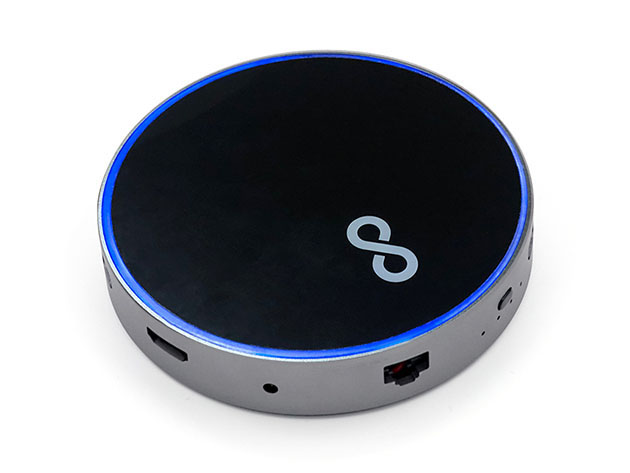Samsung is the world’s largest smartphone maker by market share, with a loyal fanbase, for good reason. The South Korean tech giant produces some of the most cutting-edge technology in the world, but they also have a diverse range of products that fill every need. So whether your budget differs from the average consumer, or you have specific usage habits that require a niche feature, there’s likely a Samsung phone that fits the bill for you. Here’s our guide on the best Samsung Galaxy Phones to buy depending on your budget or need.
These are the best Samsung Galaxy Phones:
Best Overall: Samsung Galaxy S20

We understand that today’s top tier flagships are priced at a level higher than what most average consumers are willing, or able, to pay. For most people, they are better off buying something slightly older and perhaps a notch below the highest-end variant (the Ultras, Pros, Maxes). You’re still getting plenty of power but at a much better value.
Right now, the Galaxy S20 fits the description. At the time of this writing, the device is six months old and overshadowed by the Z Fold 2, Z Flip, and Note 20 series in Samsung’s pecking order, so there should be some great discounts if you look around. Despite that, the S20 is still every bit a flagship, with among the best screen (Samsung’s Super AMOLED with Quad HD resolution and 120Hz refresh rate) and processor (Snapdragon 865) on the market. Best of all, this standard S20, because it uses a 12MP sensor instead of the troubled 108MP, doesn’t suffer the focus issues of the S20 Ultra.
By far one of the best smartphones that Samsung has ever made, the Galaxy S20 is every bit a flagship as its siblings, and packs plenty of power. Thanks to newer devices on the market and socially distant sales, you should be able to get the Galaxy S20 at a discounted price!
Best that money can buy: Samsung Galaxy Z Fold 2

The Galaxy Z Fold 2 is the most cutting edge smartphone in the world but to experience it comes with a cost: it retails for $2,000 and, despite its excellent built quality, is still going to be more fragile than everything else on this list by virtue of being a folding device. However, if you are okay with those two compromises, you are in for a treat.
Everything from playing games to watching movies, typing long emails to multi-tasking, is better on the Fold 2 because of its large 7.6-inch screen. That Snapdragon 865+ and 120Hz refresh rate of the inside screen sure help matters. The Galaxy Z Fold 2 offers an experience unlike any other smartphone and is the phone and tablet combination in one device that you’ve been searching for.
The most cutting edge phone of the year -- but it will cost you a pretty penny. However, if money is no object and you need to have the very best that Samsung offers, look no further than the Galaxy Z Fold 2. We love it, and so will you!
Best for those who want a stylus: Samsung Galaxy Note 20 Ultra

While the Z Fold 2 is Samsung’s absolute top phone in terms of ambition and design, going by actually hardware component prowess, the Note 20 Ultra is even better. It’s got a better main camera system headlined by a 108-megapixel camera, a “Space Zoom” periscope camera that can pull off crisp 5X shots, respectable 10X and all the way up to 50X. And its screen is the absolute best non-folding screen on the market, with a variable refresh rate that can go up to 120Hz for ultra fluidity, or lower for more static apps to save battery.
What makes the Note 20 Ultra worth considering for many is the S-Pen, which in addition to being a pretty great stylus can now double as a remote control for hands-free photo taking or cycling through the phone’s UI. If you’re someone who needs to annotate documents, sign digital documents, or do the occasional sketches, the S-Pen is indispensable. Performance is zippy all around thanks to that Snapdragon 865+ processor and 12GB of RAM. This is the second most expensive phone on this list, however, at $1,300, and the boxy corners and huge 6.9-inch screen makes it tough to use for those with smaller hands.
The Galaxy Note 20 Ultra is the phone that has everything, including an S-Pen! It has every spec you can imagine – aside from a folding screen – and the S-Pen is a game-changer for those who need to be productive on the go.
Best for those who want a stylus… at a discount: Samsung Galaxy Note 10 Lite

If you read the Note 20 Ultra paragraph and found yourself interested in the S-Pen but turned off by the $1,300 price, last year’s Galaxy Note 10 Lite is perhaps worth a look. You’re still getting the S-Pen for all your scribbling needs; still getting a vibrant Super AMOLED display, it’s just smaller with rounded corners so it’s easier for smaller hands, and best of all, it’s 1/3 the price of the Note 20 Ultra.
In terms of the cameras, you get a trio of 12MP sensors of the wide, ultra-wide, and telephoto varieties. The cameras here won’t come close to what the Note 20 Ultra offers but is more than good enough, especially at its mid-tier price point. The 4,500 mAh battery ensures all-day endurance too, however, the processor here is the Exynos 9810 instead of Qualcomm’s Snapdragon, so don’t expect to play games at the highest graphic setting or the blazing-fast speeds you’ll get from the Snapdragon 865+ in the Galaxy Note 20 Ultra.
If you've decided you really want in on that S-Pen action but don't want to pay $1,000 or more, this is a worthy alternative from Samsung. Despite its shortcomings, the Galaxy Note 10 Lite still represents one of the most affordable ways to get the S-Pen experience.
Best for those annoyed by notches and cut-outs: Samsung Galaxy A80

If you find notches and “Infinity-O” hole-punch cutouts unsightly, then the Galaxy A80, with its completely uninterrupted display, is for you. This phone ditches the selfie camera entirely, instead of using an elevating, spinning camera module that flips the main camera system around during selfie use. The rising and flipping camera module is fast and reliable, and while the 48MP main camera, 8MP ultra-wide camera, and TOF sensor are solid but unspectacular as a main camera system, for selfies it’s among one of the most feature-packed systems.
There’s a Snapdragon 730 processor and a good 1080 x 2400 AMOLED panel too. But the optical in-display fingerprint scanner is a bit slow, however. But we’re nitpicking now — this is an excellent mid-range device.
If you're tired of notches and hole-punches and prefer your screen uninterrupted and symmetrical, this is one of the few options available. The clever elevating and spinning camera mechanism will attract plenty of attention in the public and means your selfies should be better than on most phones as it uses the main camera!
Best for those with with small pockets: Samsung Galaxy Z Flip

By “small pocket”, we don’t mean a lack of funds; but rather we mean literally pockets without a lot of space, like women’s jeans, for example. The Z Flip is perfect for those because its clamshell design allows it to fold up and become a petite device with rough dimensions of a coaster. Then unfolded, it’s a thin, sleek smartphone with thin bezels and a capable dual-camera system consisting of a 12MP main and 12MP ultra-wide-camera, as well as a 10MP selfie camera.
Just like the Galaxy Z Fold 2, the hinge locks in place at various angles which offers unique use cases, such as putting it on a table for hands-free video calls. Depending on your needs, this phone either comes in an older, but cheaper, Snapdragon 855+ or the newer but pricier Snapdragon 865+ version. The latter will bring speedier performance and support for 5G, but the non-5G version is still plenty powerful if you want to save $200.
The Galaxy Z Flip is ideal for those who don't like how big phones have become, and the bulk it leaves in your pocket. This, along with the Fold 2, represents Samsung's two most ambitious products currently. Unlike the Z Fold 2, the Z Flip offers the smartphone experience everyone loves in a considerably more manageable form factor.
Best for battery life: Samsung Galaxy M51

If you find yourself constantly having low battery anxiety with your smartphone, the Galaxy M51 should leave you at ease. It has a gigantic 7,000 mAh battery that is guaranteed to go at least two full days on a single charge, likely three, as our own review found. This large battery, as expected, makes the phone quite a bulky device, weighing 213g and measuring 9.5mm in thickness. But in our testing, we still found it ergonomically friendly thanks to the evenly distributed weight and the subtle curvature of the backside.
You also have a large 6.7-inch 1,080 x 2,340 screen, and a quad-camera system headlined by a 64MP shooter and a 12MP ultra-wide-angle camera, as well as a pair of 5MP macro and depth sensors. With the Snapdragon 730G on board, you have enough processing power for all your smartphone tasks.
Never suffer from battery anxiety again with this beastly device with a 7000 mAh battery. Despite the size, Samsung's done a great job making this comfortable to hold and use.
Best Samsung for those who want 5G on a budget: Galaxy A71 5G

Who said only pricey flagships can support 5G? Powered by a Snapdragon 765G, the A71 has the modem ready to support 5G connectivity while keeping prices reasonably in the mid-range. A 6.7-inch, 2,400 x 1,080 Super AMOLED panel, a quad-camera system, and a 4,500 mAh battery keeps the device up to 2020 standards, although the plastic back feels a notch below premium. Still, you’re getting next-gen connection speeds and a very capable 64MP camera that excels during the day and holds its own at night.
The Galaxy A71 may be priced in the mid-tier level, but you're still getting a large Super AMOLED screen, four cameras, and 5G connectivity.
What’s your favorite Samsung Galaxy phone from this list, and are there any others you think we should add? Let us knows in the comments below!
The post Best Samsung Galaxy Phones For Any Budget Or Need (September 2020) appeared first on xda-developers.
from xda-developers https://ift.tt/3clcBZe
via
IFTTT















